Selecting the right Ethernet cable is crucial for optimising your network performance, whether for home or business use. With various categories available, each designed to meet specific needs, it's essential to understand their differences. This article will guide you through the most common Ethernet cable categories, helping you choose the best one for your network requirements.
Understanding Ethernet Cable Categories
Ethernet cables are categorised based on their performance capabilities, particularly in terms of data transfer speed and bandwidth. The most common categories include Cat5e, Cat6, Cat6a, Cat7, and Cat8. Here's a breakdown of each category:
-
Cat5e (Category 5 Enhanced)
- Speed: Up to 1 Gbps
- Bandwidth: 100 MHz
-
Use Case: Suitable for most home and small office networks.
-
Cat6 (Category 6)
- Speed: Up to 10 Gbps for shorter distances (up to 55 meters)
- Bandwidth: 250 MHz
-
Use Case: Ideal for gaming, streaming, and high-speed internet access.
-
Cat6a (Category 6 Augmented)
- Speed: Up to 10 Gbps for longer distances (up to 100 meters)
- Bandwidth: 500 MHz
-
Use Case: Suitable for large office networks and data centres.
-
Cat7 (Category 7)
- Speed: Up to 10 Gbps
- Bandwidth: 600 MHz
-
Use Case: Best for demanding applications, such as high-speed data transfer and large file sharing.
-
Cat8 (Category 8)
- Speed: Up to 40 Gbps
- Bandwidth: 2000 MHz
- Use Case: Ideal for data centres and enterprise networks with extreme performance requirements.
Choosing the Right Cable
When selecting an Ethernet cable, consider the following factors:
-
Network Speed Requirements: Determine the speed your network needs to support. For instance, if you're streaming 4K videos or gaming online, a higher category cable like Cat6 or Cat7 would be beneficial - and this is why we focus on these two models, as they do everything everyone should need them for, even the most demanding of home and office networks.
-
Distance: The length of the cable run can affect performance. Cat 6 we supply up to 50m, so this is the most popular cable still sold to this day. Cat 7 up to 30m.
-
Environment: For environments with high electromagnetic interference, such as industrial settings, shielded cables (SFTP) are recommended to reduce interference. Again, you don't have to worry here - we shield all our cables (multi-layer shielding) and even add Low Smoke Zero Halogen (LSZH) PVC jackets instead of standard, for extra heat-protection and fire-safety.
-
Future-Proofing: Investing in higher category cables can ensure your network remains efficient as technology advances.
Featured Products
-
CAT6 Shielded RJ45 Ethernet LAN SFTP Patch Cable LSZH - Black

- The CAT6 Shielded RJ45 Ethernet LAN SFTP Patch Cable LSZH - Black is an excellent choice for high-speed internet and network applications. Its shielding helps reduce electromagnetic interference, ensuring a stable and reliable connection. The LSZH (Low Smoke Zero Halogen) jacket makes it safe for use in enclosed spaces, reducing toxic smoke in case of fire.
-
CAT7 Flat Shielded Gigabit Ethernet RJ45 LAN SFTP Patch Cable LSZH - Black

- For even higher performance, consider the CAT7 Flat Shielded Gigabit Ethernet RJ45 LAN SFTP Patch Cable LSZH - Black. This cable supports up to 10 Gbps speeds and is ideal for applications requiring minimal interference. Its flat design makes it easy to install under carpets or along walls, maintaining a clean and organised setup.
Conclusion
Choosing the right Ethernet cable for your network is essential for ensuring optimal performance and reliability. By understanding the differences between cable categories and considering your specific needs, you can select the best cable to meet your requirements. Whether you're setting up a home network or a high-performance office setup, investing in quality cables like the CAT6 Shielded RJ45 and CAT7 Flat Shielded Gigabit Ethernet from JuicEBitz will ensure a robust and future-proof network infrastructure.
If you are in doubt, simply give our Sales Team a call for more advice on 01723 332269 Opt.1 Sales or drop us an email via our Contact Page.
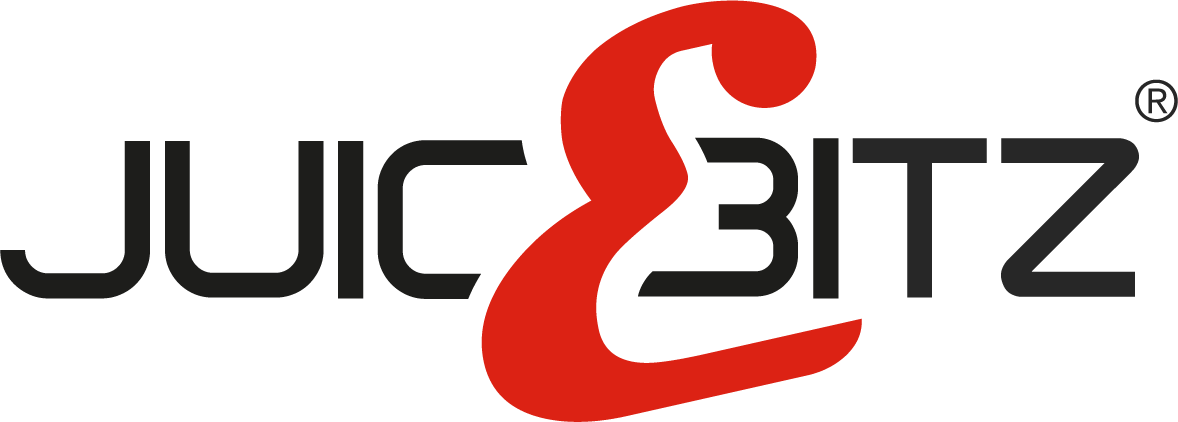

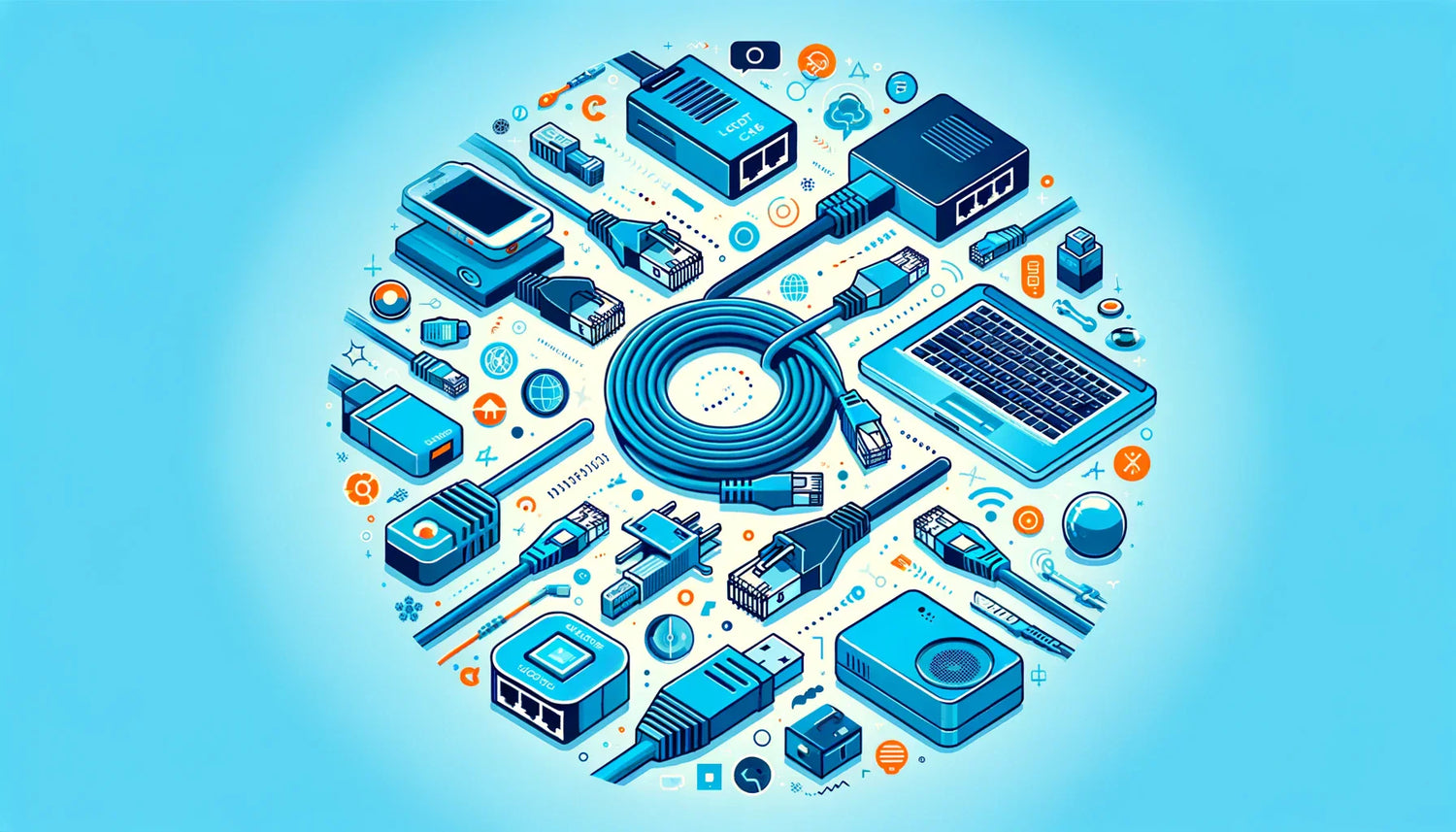

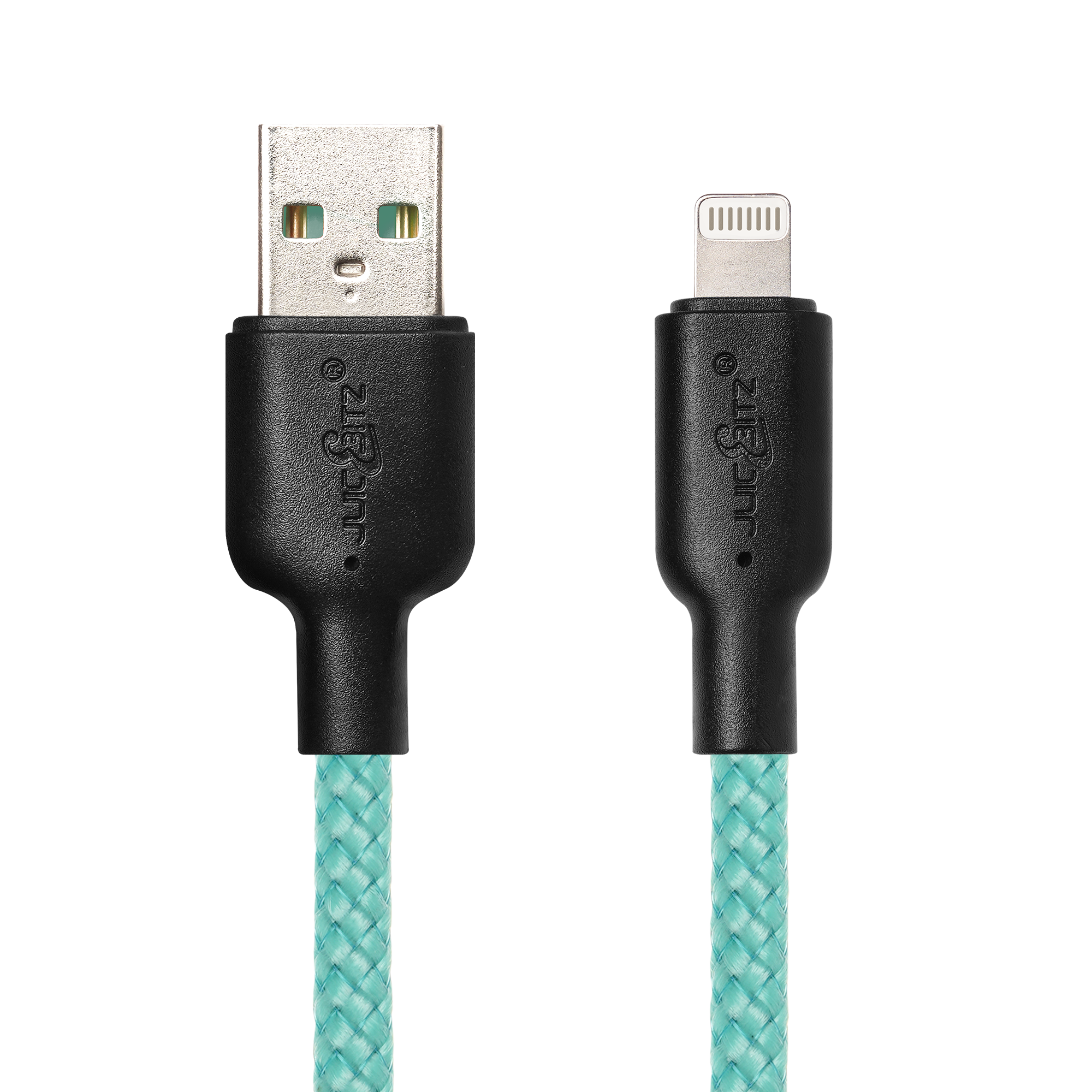
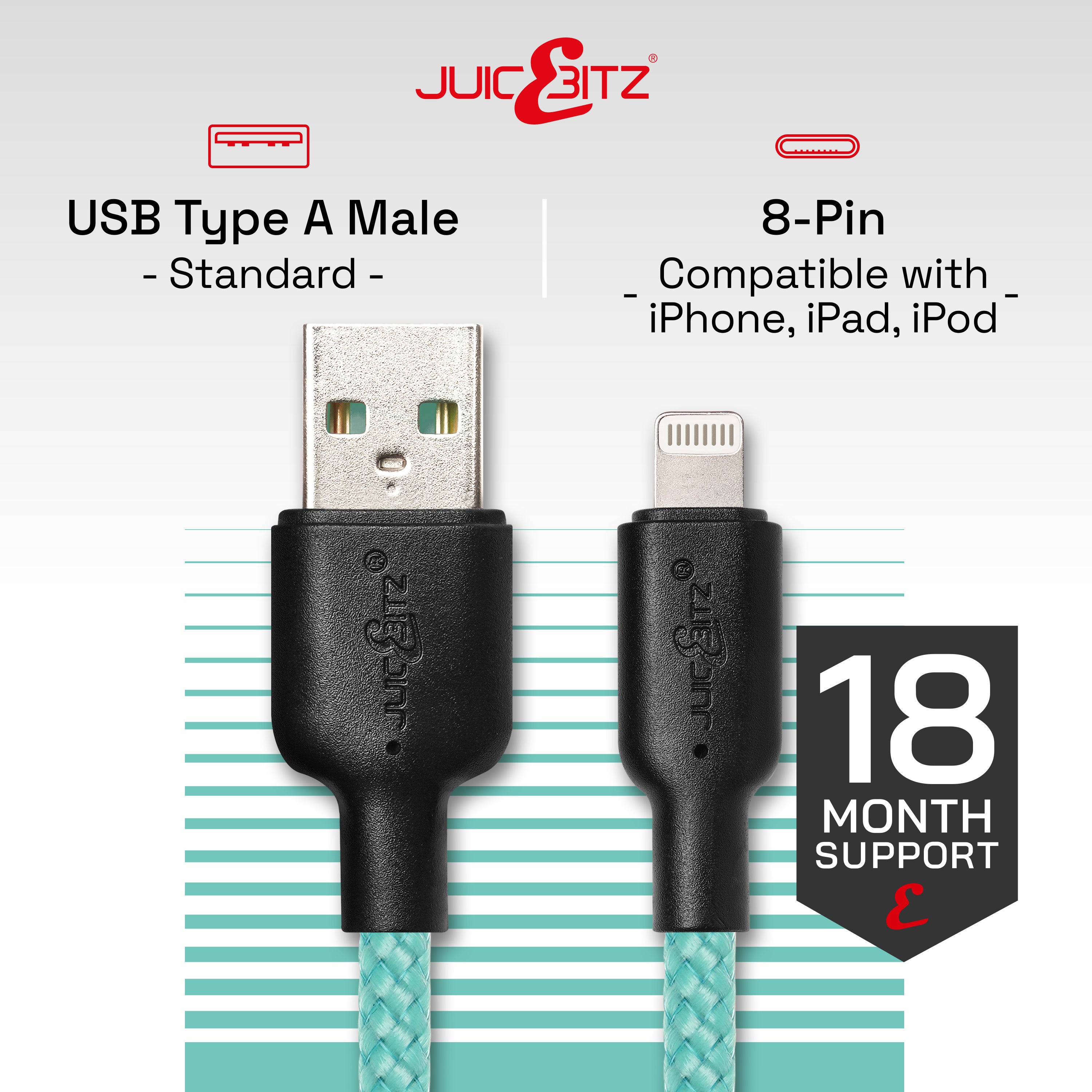
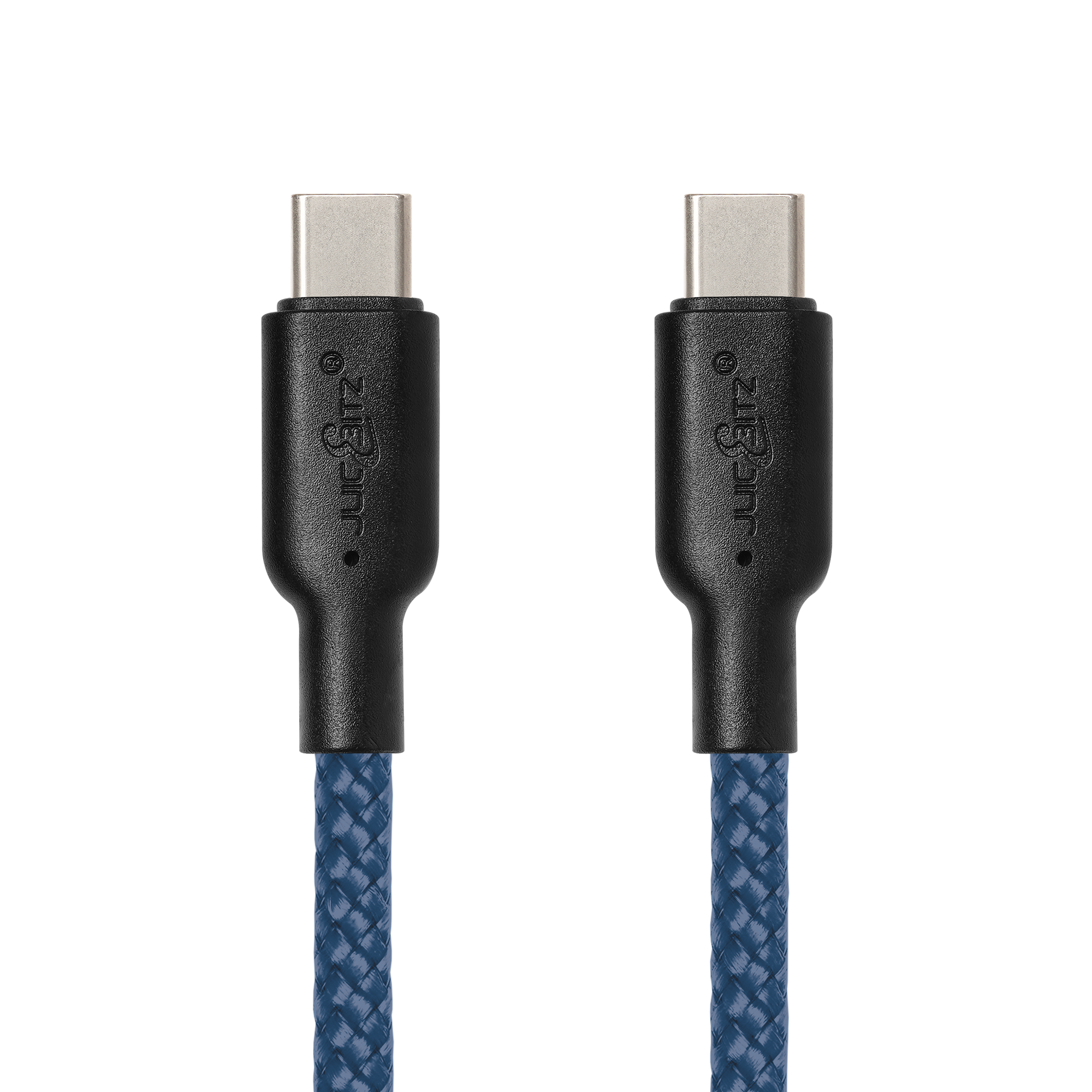
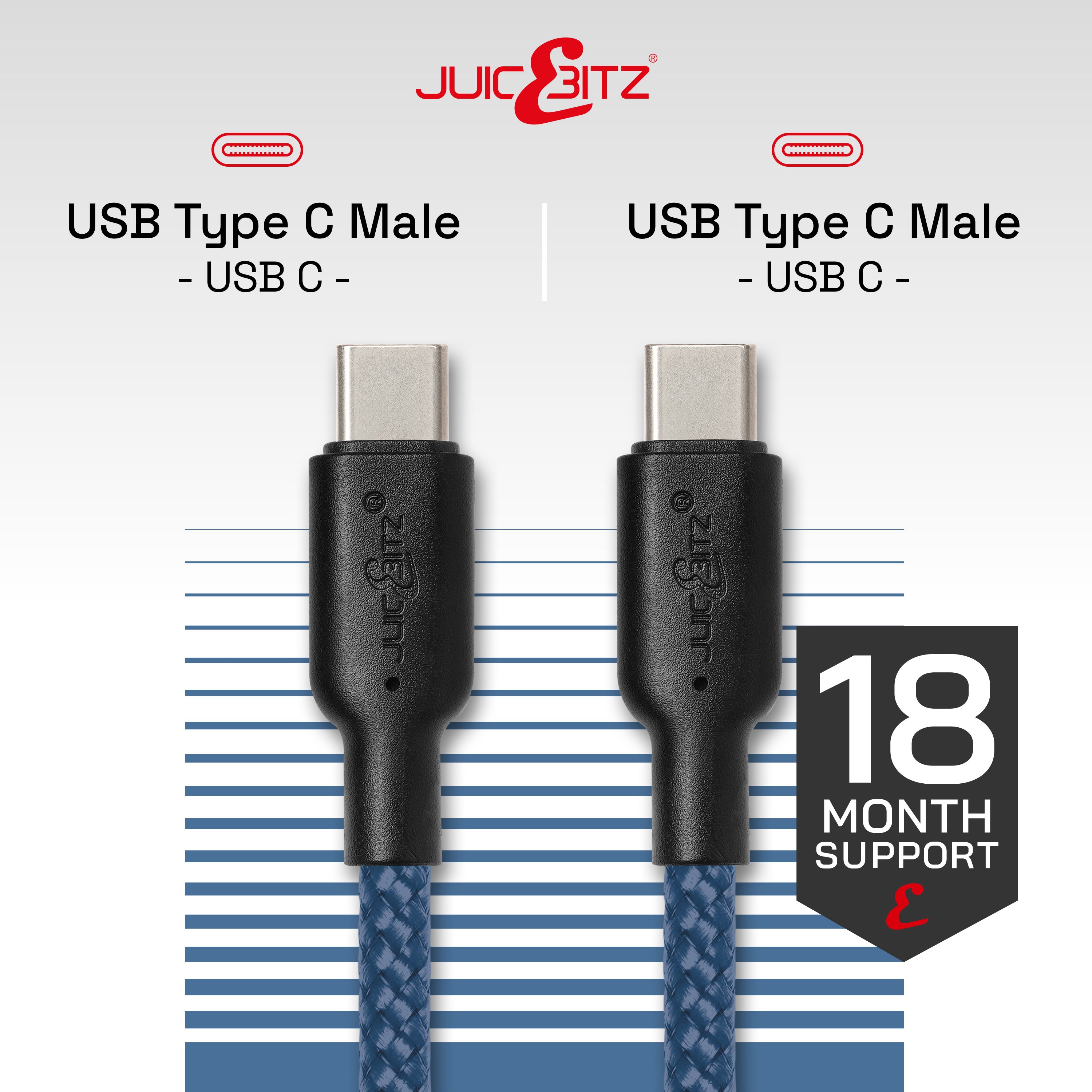


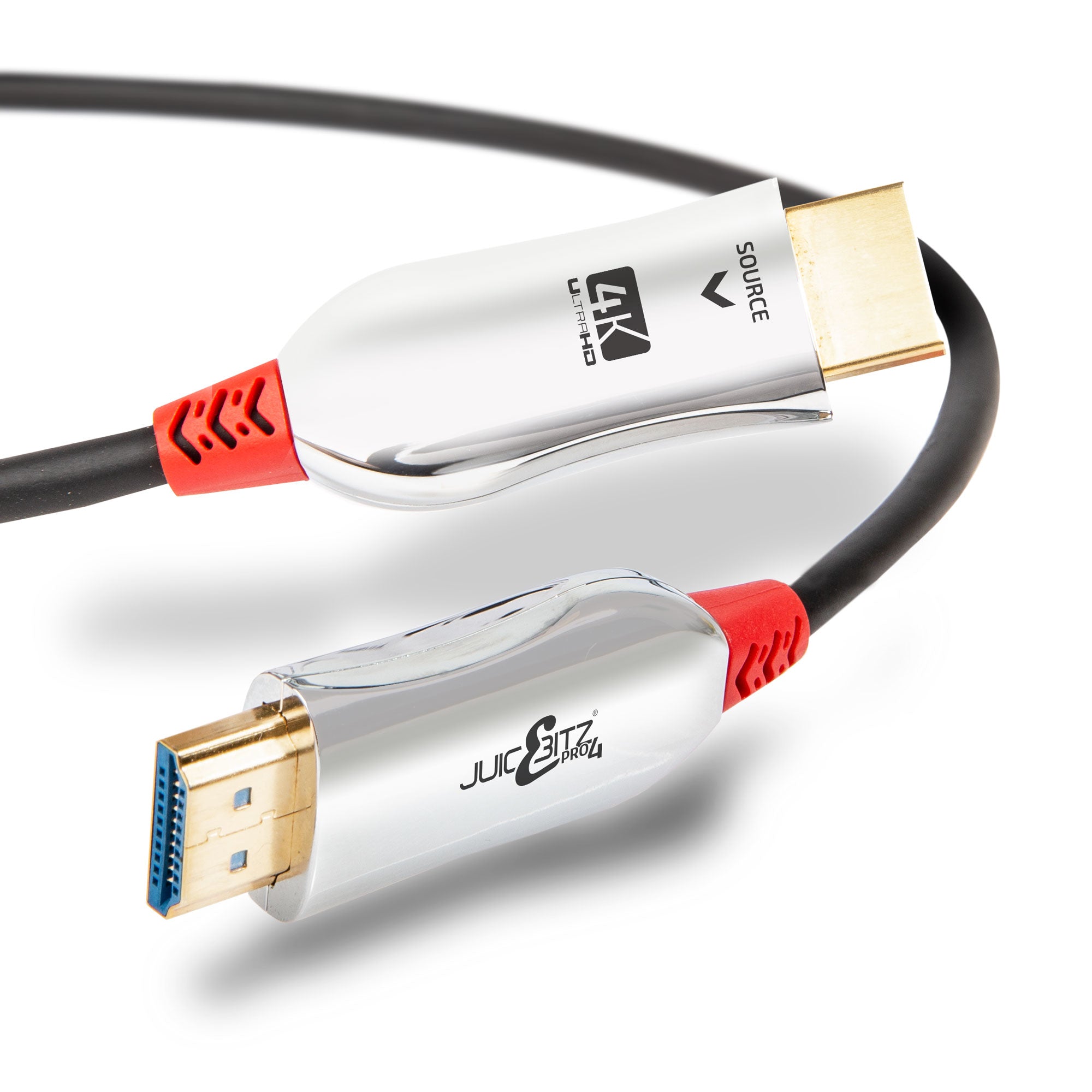
Leave a comment
This site is protected by hCaptcha and the hCaptcha Privacy Policy and Terms of Service apply.